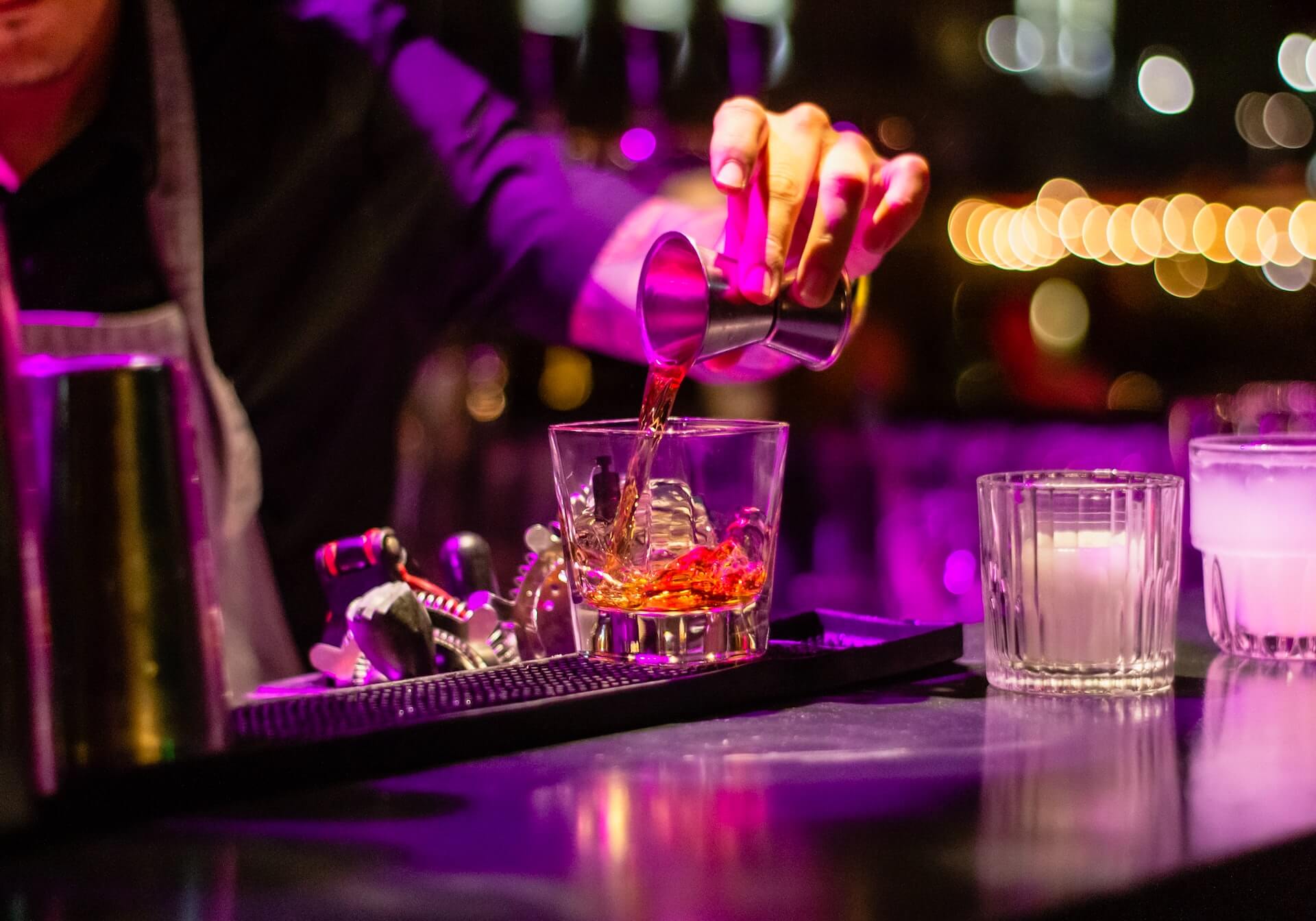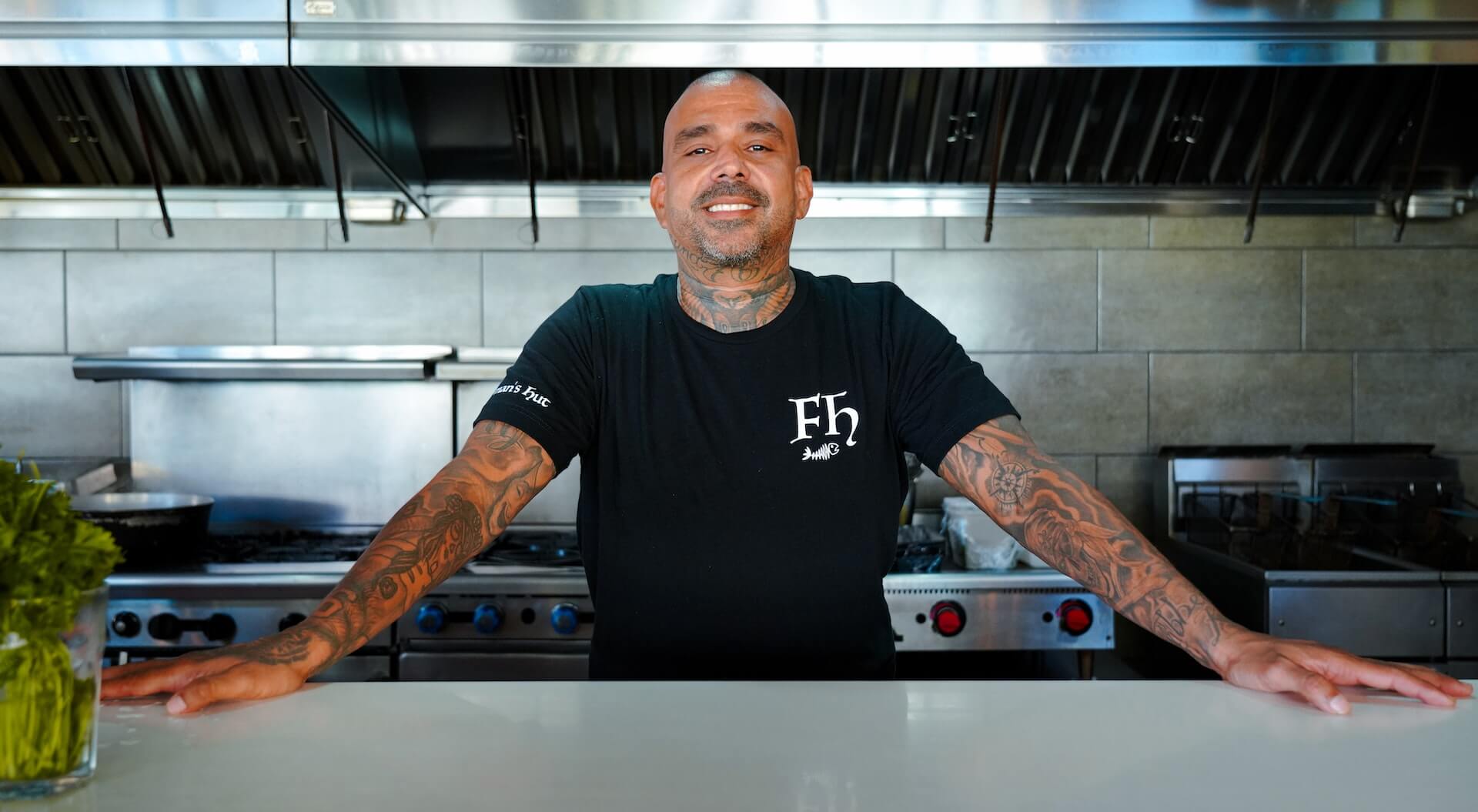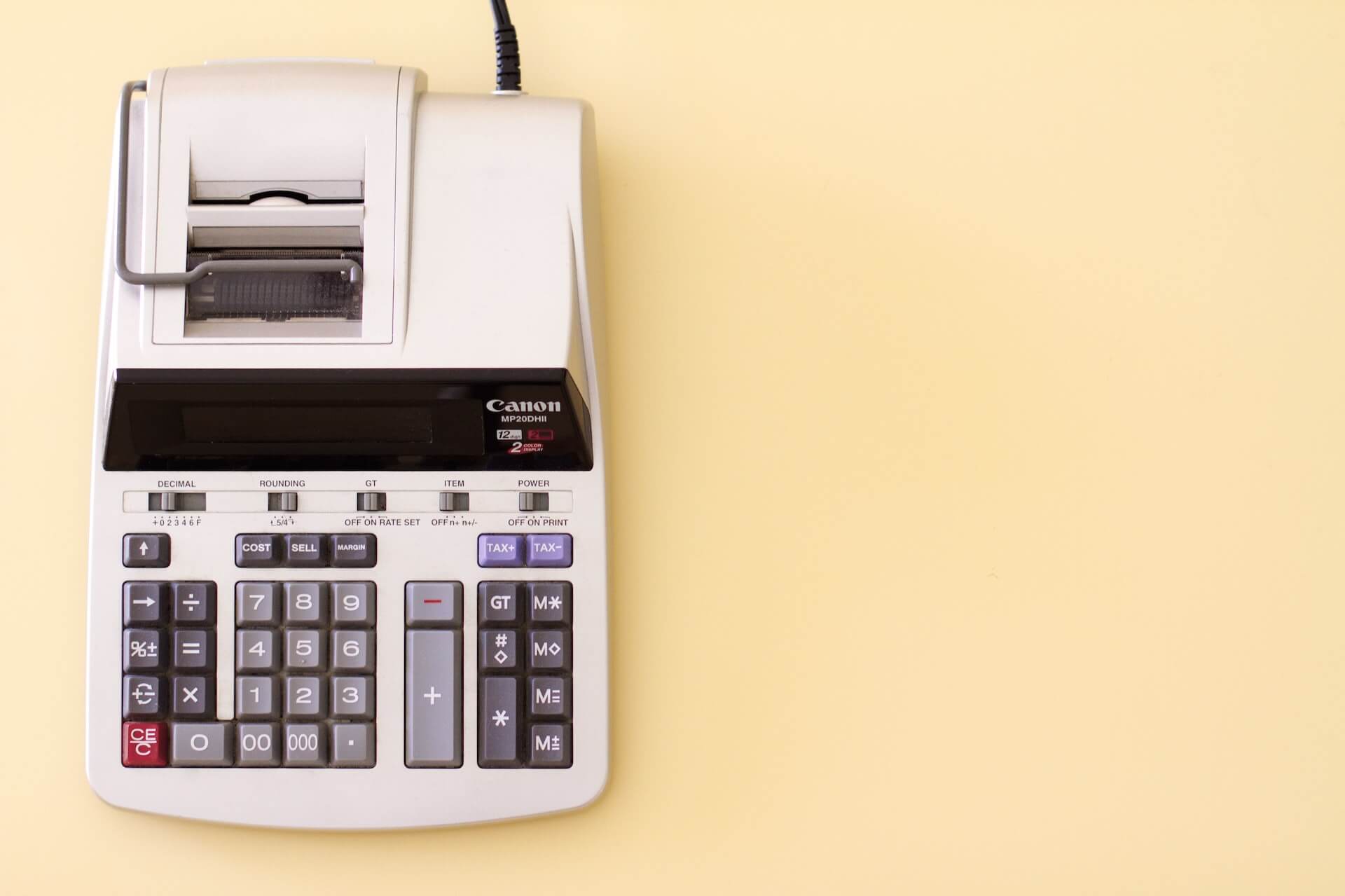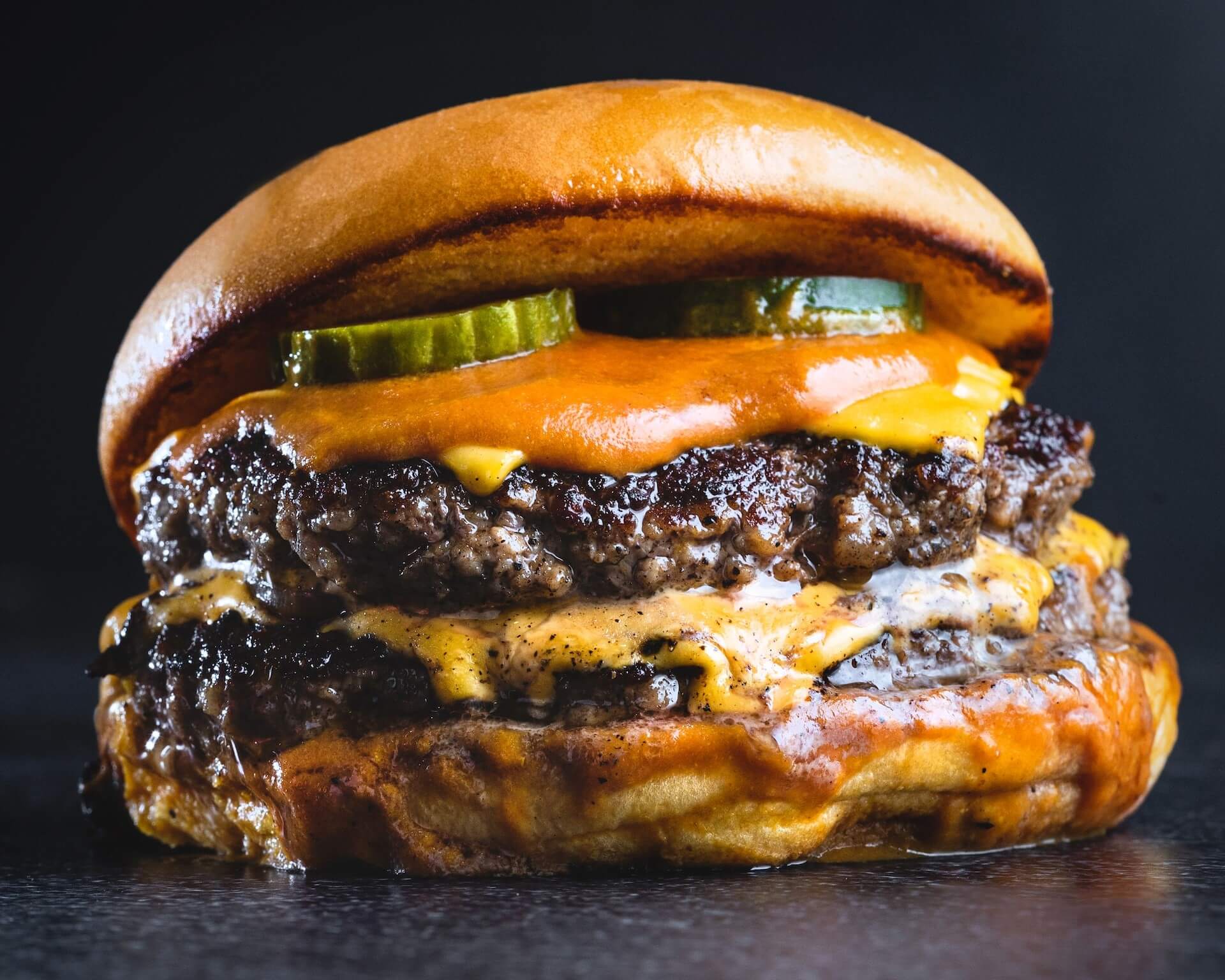Stand Out with Weird Holidays: October 2022
by David Klemt

Want to stand out from from other restaurants and bars in your area? Then commit to keeping it weird.
Several “holidays” are set against every date on the calendar, and October is no exception. These holidays range from mainstream (Halloween, anyone?) to “weird.”
Pay attention to the latter to raise eyebrows, carve out a niche for your restaurant or bar, and attract more guests. Why do what everyone else is already doing?
Of course, you shouldn’t try to celebrate every holiday, weird or otherwise. And this month’s list in no way includes every odd holiday.
Focus on the days that are authentic to your brand; resonate with your guests; and help you grab attention on social media.
For September’s list, click here.
October 5: Chic Spy Day
Of course, there’s one holiday this month that simply will not allow anyone to ignore it: Halloween. So, why not lean into it early? Encourage guests to show up looking like a chic spy, perfect your Vesper Martini, and show spy movies. In other words, task your guests with really getting into the spy theme, and create a menu that shows off your creativity as well.
October 6: National Orange Wine Day
No, there aren’t any oranges used in the production of orange wine. Rather, it’s white wine with which the grape skins and seeds remain in contact. The result is an orange hue. And as we all know, orange is one of the key colors of October and Halloween. To celebrate National Orange Wine Day, put some orange wines on your menu.
October 7: National LED Light Day
They say there’s a holiday for just about everything. The existence of this holiday points to that sentiment being accurate.
To wow your guests and get them in the mood for your ultimate October promotion, a Halloween bash, drop food-safe, waterproof LEDs into cocktails for a “spooky,” otherworldly effect.
October 13: National Train Your Brain Day
You know what’s an excellent way to train your brain and stay sharp? Trivia! And do you know what a lot of guests like to do at bars? Trivia! Guest what you should plan for National Train Your Brain Day…
October 17: Wear Something Gaudy Day
I mean, it’s Halloween month and people want to dress up. Guide their costume ambitions by encouraging them to get gaudy and tacky on Wear Something Gaudy Day.
October 18: National Chocolate Cupcake Day
Okay, so this isn’t a weird holiday. There’s nothing strange about chocolate cupcakes. What they are is delicious, and your kitchen staff can always decorate chocolate cupcakes with fall and Halloween themes.
October 20: International Sloth Day
Ah, the sloth. It really has the right idea most days: slow down. On this day, encourage your guests to slow down and relax at your restaurant or bar. Comfort food, delicious beer, and classic brunch cocktails are the order of the day.
October 21: National Count Your Buttons Day
There are several ways to celebrate this day. However, I think a good, old-fashioned “Guess How Many Buttons are in This Jar” contest is the way to go. Give away a bottle, a meal, a bar tab, etc. The sky’s the limit.
October 22: National Make a Dog’s Day
Is your business dog-friendly? Can your kitchen come up with dog-safe menu items? Then encourage your guests to come in and pamper their pooches.
October 25: National Greasy Food Day
There’s no point in competing or programming against Halloween. Not for most operators, anyway. So, celebrate this debaucherous, indulgent day with greasy bar and comfort food ahead of your Halloween promotion.
Image: Dan Parlante on Unsplash









